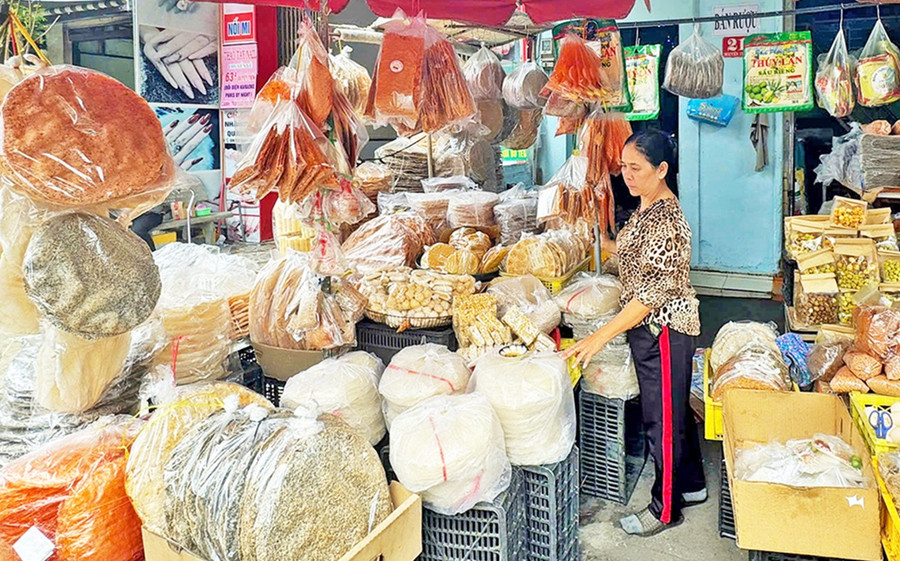
Binh Dinh rice paper is made from different ingredients. In addition to rice flour, which is popular, rice paper can also be made from wheat flour, sweet potato, wheat flour and can be combined with sesame and shredded coconut. Binh Dinh people make rice paper in many different sizes and thicknesses, suitable for different ways of eating. Rice paper can be grilled, dipped in water, wrapped in spring rolls, eaten with vegetables, meat, shrimp, eggs or simply dipped in fish sauce.
I don’t know when rice paper first appeared. According to local people, rice paper followed Quang Trung’s army on their lightning-fast march to the North to fight the Qing army on the 5th day of the Lunar New Year (1789). Binh Dinh people, whether in their hometown or far away, want to maintain their eating habits. Perhaps that’s why rice paper appears on almost every occasion in life.
A Binh Dinh people's offering or death anniversary meal would not be complete without rice paper. The rice paper for offering is grilled evenly on both sides, leaving no burnt or undercooked spots. After the offering, breaking the rice paper when displaying the offerings is also very special, requiring carefulness and solemnity so that the rice paper can be broken into even pieces, without breaking. I often see the elderly, especially the clan leaders, placing the rice paper on their heads to break it, which they say is "presented in the past and done now" to show respect.
Binh Dinh people eat rice paper regularly and in all circumstances. If there is steamed fish, boiled meat or fried eggs rolled in rice paper, dipped in fish sauce or fermented fish sauce and eaten together with family or friends, it is great, simple and cozy.
Rice paper is often a fast food to stave off hunger. In the morning, you just dip a few pieces of rice paper to eat before going to school or work; during the day, when you are hungry, you can dip a few pieces of rice paper to eat. Because of its popularity, every Binh Dinh family has a few bundles of rice paper. When guests come for a meal, you just need to dip a few pieces of rice paper into the vegetables and eggs and you are done. Binh Dinh people are hard-working, simple and honest, so their eating habits also reflect the characteristics of the region.
I did not grow up in Binh Dinh, but the area where I live is mostly inhabited by people from Binh Dinh who came to settle down and make a living. They still maintain the traditional lifestyle and dishes of their hometown. After the rice harvest, the rice paper kilns begin to light up. The kilns are covered with mud, large enough to fit a pot with a clean white cloth stretched over it.
When the pot of water boils, the person making the rice paper carefully pours each ladle of dough onto the cloth and quickly spreads the dough thinly from the inside out into a circle. When the dough is cooked and the rice paper has taken shape, people use large chopsticks to scoop it out and place it neatly on a grill to dry. Rice paper needs to be made on a sunny day to ensure it is dry, crispy and delicious. In the past, when there was no electricity and technology was limited, rice paper making was mainly done by hand and depended heavily on the weather.
In Binh Dinh or Gia Lai - where many people from Binh Dinh live, rice paper is everywhere, from big markets, small markets to grocery stores and supermarkets. Binh Dinh people have a saying: "Remember to bring some money with you wherever you go so that if you break the rice paper, you can pay for it." That is a way of life advice for children and grandchildren, but it also proves the popularity of rice paper.
This is also one of the hometown gifts that Binh Dinh people often give to relatives and friends. Students who study far from home also bring rice paper to have a meal whenever they are hungry and to satisfy their homesickness. Rice paper can be bought everywhere, but Binh Dinh rice paper has its own flavor and that is why Binh Dinh people still like to eat rice paper from their hometown.
With the intermingling of regions, Binh Dinh rice paper is almost everywhere from domestic to foreign countries. However, eating rice paper in the Binh Dinh way is still a very unique cultural feature and an indescribable pride of the "nau land".
Source: https://baogialai.com.vn/banh-trang-binh-dinh-post324023.html


![[Photo] Prime Minister Pham Minh Chinh attends the groundbreaking ceremony of Trump International Hung Yen Project](https://vphoto.vietnam.vn/thumb/1200x675/vietnam/resource/IMAGE/2025/5/21/ca84b87a74da4cddb2992a86966284cf)
![[Photo] Scientific workshop "Building a socialist model associated with socialist people in Hai Phong city in the period of 2025-2030 and the following years"](https://vphoto.vietnam.vn/thumb/1200x675/vietnam/resource/IMAGE/2025/5/21/5098e06c813243b1bf5670f9dc20ad0a)

![[Photo] Determining the pairs in the team semi-finals of the National Table Tennis Championship of Nhan Dan Newspaper](https://vphoto.vietnam.vn/thumb/1200x675/vietnam/resource/IMAGE/2025/5/21/eacbf7ae6a59497e9ae5da8e63d227bf)
![[Photo] Prime Minister Pham Minh Chinh receives Rabbi Yoav Ben Tzur, Israeli Minister of Labor](https://vphoto.vietnam.vn/thumb/1200x675/vietnam/resource/IMAGE/2025/5/21/511bf6664512413ca5a275cbf3fb2f65)

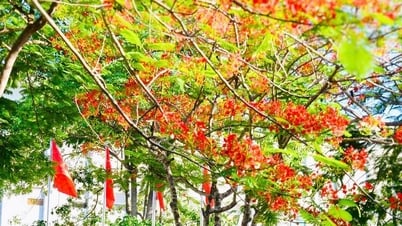








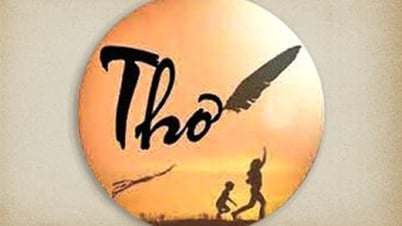




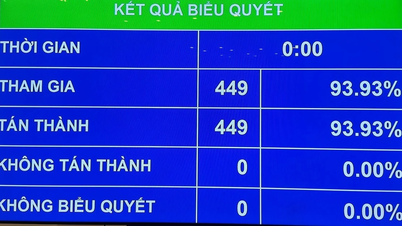



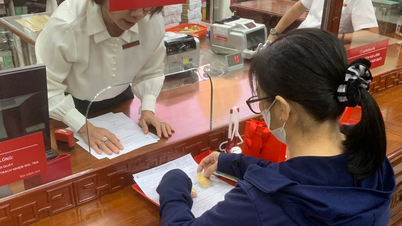
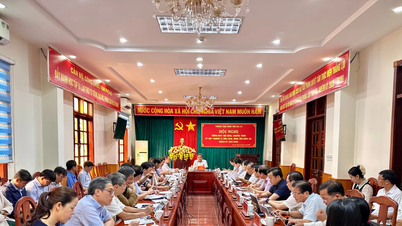













































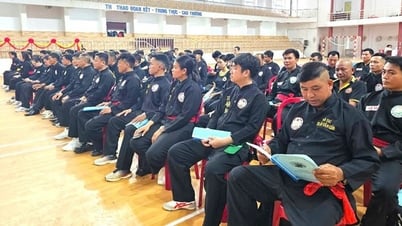



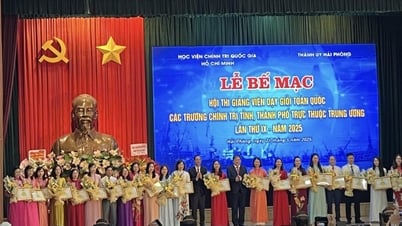















Comment (0)